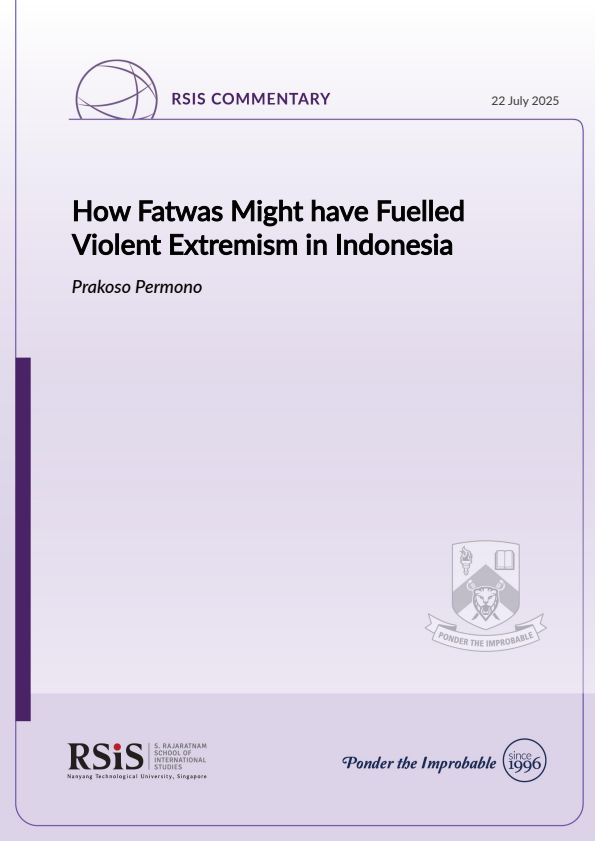By Kacper Rekawek, Viktor Szucs, Martina Babikova, and Katsiaryna Lozka
For the last year and a half, GLOBSEC has been studying the phenomenon of a crime-terror nexus in Europe. Its research team has built up a dataset of 348 individuals arrested for terrorism offences, expelled for alleged terrorist connections, or who died while staging terrorist attacks in Europe in 2015, the peak year of European jihadism. The dataset covers the 11 European countries, all within the EU, who reported the highest number of terrorism arrestees to EUROPOL (European Police Office). The work has been geared towards establishing whether the nexus exists and if so, then researching its nature and strength. The researchers deployed 11 experienced national teams who worked on available data (open source, official documents, personal interviews with stakeholders) to map out the European crime-terror nexus. The main research tool is a 120+ variable codebook deployed to analyse each case of a terrorist included in our dataset. As a result, the research team was able to establish that out of the 310 jihadists included in the database, 95, or 31%, had a previous criminal past, indicated by a pre-2015 arrest for any offence, with the French subset recording the most criminals (44 of the individuals, or 46%, have a criminal past preceding their terrorist involvement). Data show it is a male phenomenon, comprising 264, or 88%, of the individuals in our database. The European jihadists are not youngsters, as their average age is 34 (average male: 29; average female: 34; average “criminal turned terrorist”: 34), nor are they very well educated (the research team only knows of 72 who “had some high school” experience, and hardly any attended university).
Slovak Republic: GLOBSEC Policy Institute....28p.








